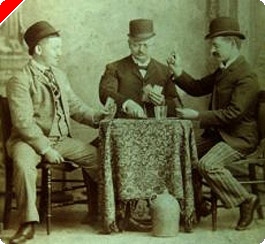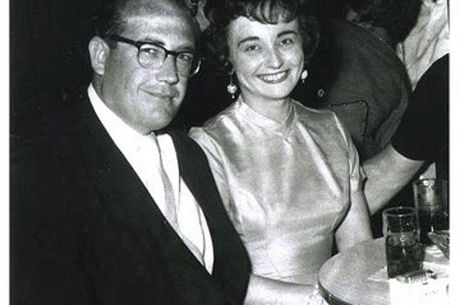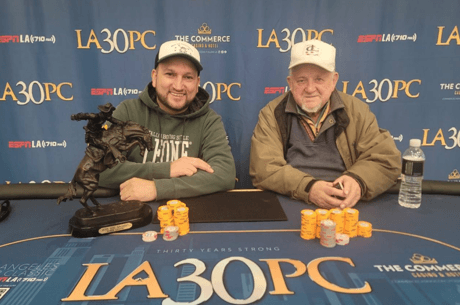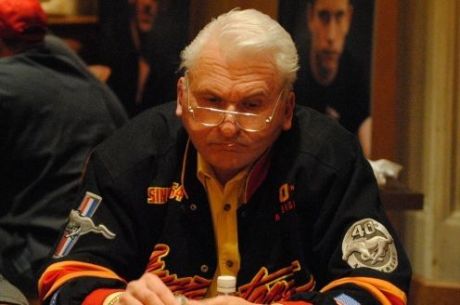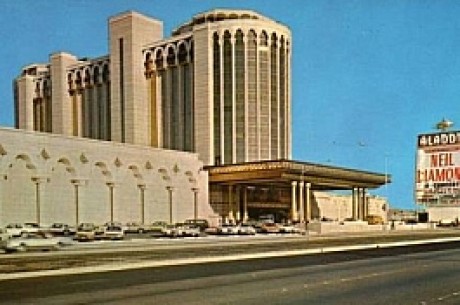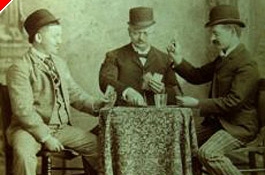From the Poker Vaults: The Mayfair Club, Part 2
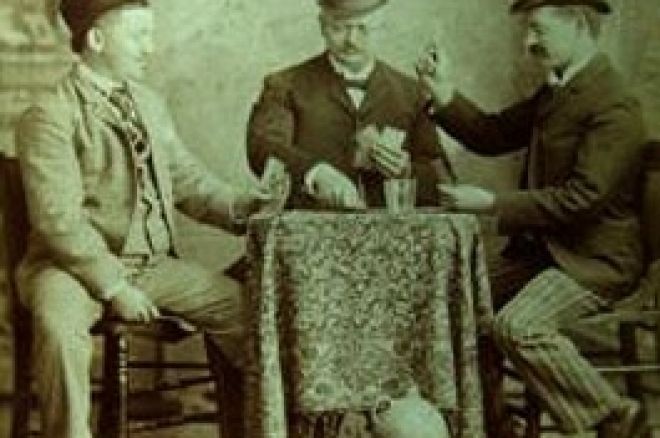
By the late 1980s, the Mayfair Club had firmly established itself as the finest poker club in all of New York City. What differentiated it from the many other underground establishments in the "Five Boroughs" was the unique camaraderie exhibited by those who played there on a regular basis. As cutthroat as they could be at the tables, they were equally congenial away from them.
After the game had broken up for the night, it wasn't uncommon for the players to exit the building en masse and walk down the street to Chelsea Billiards, where they played pool, drank beer, and discussed poker hands into the wee hours. Not unlike the way Doyle Brunson, "Amarillo Slim" Preston, and "Sailor" Roberts helped each other during the time they spent as Texas road gamblers, this sort of collaboration eventually helped the players from the Mayfair achieve an inordinate amount of success in the poker world at large.
In 1985, Paul Magriel and Steve Zolotow, the two players who had first started playing heads-up matches using backgammon chips, made triumphant debuts at the World Series of Poker when each made a final table. Magriel finished seventh in the $1,000 Limit Hold'em event while Zolotow came in ninth in the $1,000 Limit Omaha event. The following year, Zolotow improved upon that performance by finishing fifth in the $2,500 Pot-Limit Omaha event. Two other Mayfair regulars also enjoyed some success during the 1986 World Series. Jay Heimowitz, formerly a beer distributor from Bethel, New York, won the $1,500 Limit Hold'em event, while Dan Harrington, making his World Series debut, finished 24th in the $1,500 Limit Hold'em tourney.
It wasn't until the 1987 World Series of Poker, however, that the players from the Mayfair made it clear just how dominating a force they were to become on the professional poker tour. Of the 152 players who entered the Main Event, Heimowitz finished 11th while Harrington, Mickey Appleman, and Howard Lederer all made the final table, finishing eighth, sixth, and fifth respectively. All the time these players had spent discussing poker strategy over the din of pool balls at Chelsea Billiards was starting to pay off.
In 1988, Erik Seidel nearly won the world championship, finishing second to Johnny Chan in the main event of the World Series, while the Mayfair crew as a whole made five final tables. Howard Lederer alone made two finals, coming in seventh in both the $1,000 Limit Omaha event and the $1,500 Limit Hold'em event. His impressive performance was a testament to his perseverance, for just a few years earlier he had struggled just to make ends meet.
After graduating from high school, Lederer had moved to New York City in order to attend Columbia University, but he ended up spending far more time in the Bar Point Chess Club than he did in the classroom. He harbored dreams of becoming a professional chess player until he discovered the poker game going on in the back room of the club. He became obsessed with the game, occasionally playing as many as 70 hours straight in a single session, but his results didn't match his desire — he went broke nearly every single night. He was so down on his luck at one point he started sleeping on park benches or the floor of the chess club. To earn enough money to buy into the nightly game, he ran errands for the better bankrolled players, earning tips for picking up sandwiches at the deli around the corner. As soon as he'd earned $20, he would jump into the game.
One night Zolotow joined the game at the Bar Point, and, after watching Lederer play, offered to bankroll him in the game at the Mayfair sometime. Lederer took him up on the offer, and in return he began to help Zolotow with his sports betting business, placing bets for him in various places around town. Lederer effectively became one of Zolotow's employees, a relationship that has since reversed itself, with Lederer's importance with Full Tilt Poker and Zolotow being one of the company's many sponsored pros.
"Howard basically started as my employee and ended up as my partner," Zolotow said recently, "and now he's the king."
Lederer wasn't the only Mayfair player who went on to achieve such extraordinary success. After winning his first gold bracelet in 1992, Seidel has since won seven more, putting him just three behind Phil Hellmuth on the all-time list. In 1995, Harrington won the Main Event of the World Series of Poker, making him the club's first (and to this point only) world champion. He also accomplished what many consider to be an even greater feat when he made the final table of the Main Event in 2003 and 2004, when the fields had ballooned to 839 and 2,576 respectively. All told, the Mayfair players have won 25 bracelets at the World Series of Poker, plus five World Poker Tour events.
The club itself reached the apex of its notoriety in 1998 when the movie Rounders was released. Most of the poker scenes from the film take place in the Chesterfield, a fictitious poker club modeled after the Mayfair. However, the club's time in the spotlight would be brief. Just two years later, Mayor Rudy Giuliani instituted a "Quality of Life" campaign that effectively closed every underground poker club in New York City, including the Mayfair.
In 2008, the legend surrounding the revered establishment momentarily returned to the national consciousness when the television show "Poker After Dark" featured "Mayfair Week," pitting six players who formerly played at the club against each other. But the spectacle only confirmed what so many already knew: in a time when poker is played mostly in large casinos and on internet gaming sites, underground clubs such at the Mayfair simply can't survive. To its credit, long before it faded into oblivion, the Mayfair Club managed to make an indelible impression on the game and those who play it.

